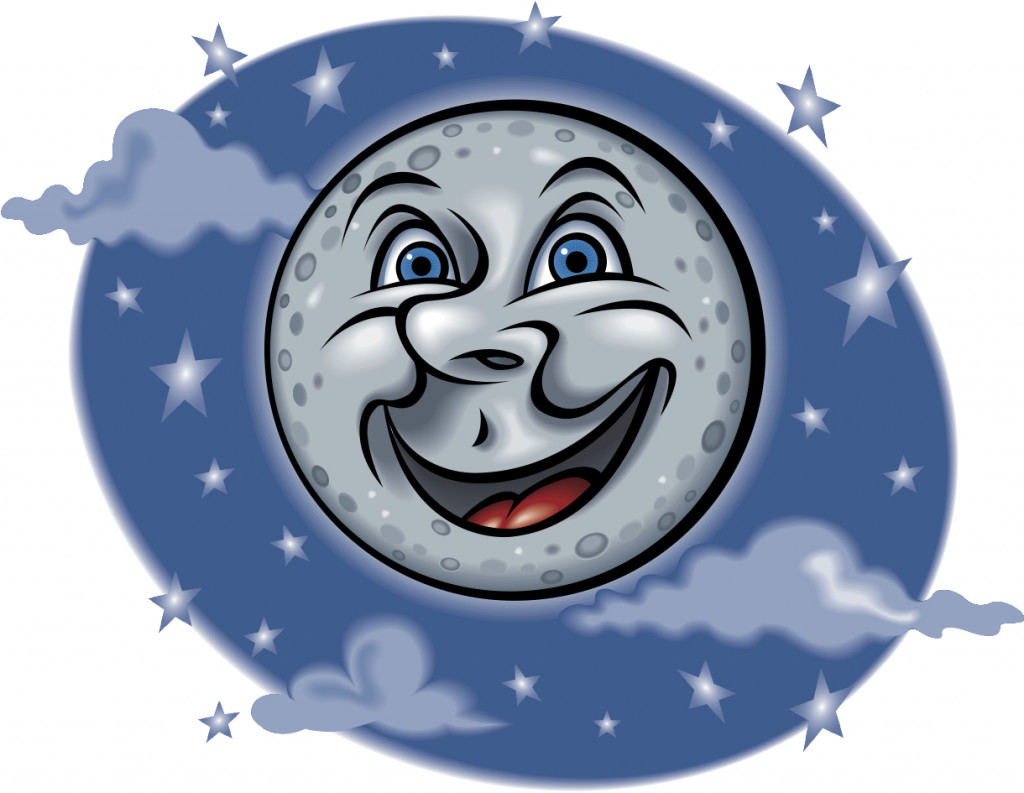Your Night Sky for June 3, 2020

Globular Cluster Omega Centauri
Now that summer is almost here, the sky gets light early and doesn't get dark until late in the evening. So in June and July the best sky viewing is 10 p.m. until 4 a.m. Before and after that the only visible objects are the bright planets and a few really bright stars.
The full moon is on the June 5, but it will also look full on the June 4 as it shines from dusk to dawn. Both nights it will be close to the red super star Anteres in Scorpius the Scorpion. This is called the Strawberry Moon or the Rose Moon. If you get up early in the morning while the sky is still dark, the moon will be joining up with Jupiter and Saturn in the SE.
This time of year the Arctic Circle up north has the Sun 24 hours a day, so they never see the moon. The Antarctic Circle down south is the opposite. So there is no sundown there this time of year, and they can only see the moon.
The star cluster Omega Centauri, which is visible from here May and June, is the largest and most luminous globular star cluster in our sky. By mid-June it reaches its highest point in our sky in the SSE around 10 p.m. Spica the brightest star in Virgo will guide you to it.
Globular Star Clusters orbit the Milky Way outside the galactic disk. They harbor tens of thousands to millions of stars, and they're tightly bound by gravity. At 17,000 LY away, Omega Centauri is one of the few of the Milky Way's 200 or more globular clusters that are visible to the naked eye. This one has 10 million stars and is 150 LY in diameter, so it's huge.
Spica is one of the 3 brightest stars in our spring sky and is the lower right one of the Spring Triangle. To find Omega Centauri first find Spica in the SSW, and then look 3 ½ fists below it. You will see a fuzzy star. Then look at it with binoculars or a telescope to see more details.
I've been going out around 9:15 to look at Venus and Mercury. They've been highly visible in the WNW without any aid. Then I look at them with binoculars to see more of them. Venus is now gone, but will eventually appear in the morning sky, but Mercury is still visible for a few weeks.
Because of where we live, I haven't been able to view Comet STAR since the mountains prevent me from viewing objects that are low in the NE sky. I hope some of you have been able to see it. When it became visible in the North, it began to dim and is not as bright as originally predicted.



